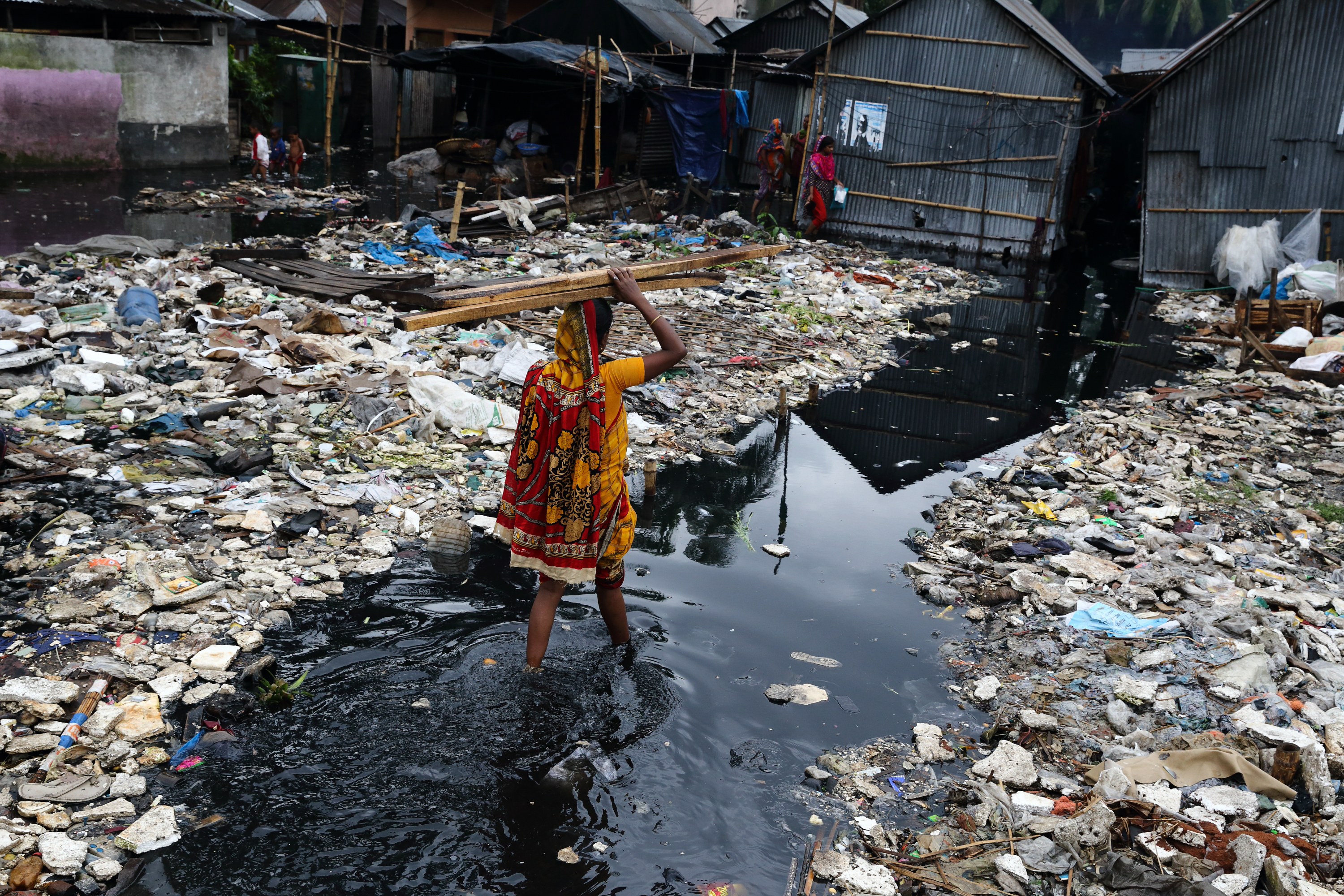
Of the over 880 million people in the Global South who live in slums, approximately one in three resides in a floodplain. Floods in slums can lead to severe and lasting socioeconomic impacts, such as homelessness, waterborne diseases and mental health issues. Despite its importance, large-scale mapping of slum dwellers in floodplains remains underexplored. Informed urban planning and flood adaptation management should prioritize fairness and equity and collaborative efforts with the community. Joint endeavors between the government and community members can achieve outcomes beyond traditional flood protection systems and disaster preparedness alone.